A cable locator, also known as a cable detector or cable avoidance tool, is a device used to locate underground utility lines such as electrical, gas, water, and telecommunications cables. These devices are commonly used by utility companies, contractors, and excavators to prevent damage to underground utility lines when digging or excavating.
Cable locators work by emitting a radio frequency signal that is transmitted through the ground and picked up by a receiver. The signal is then used to locate the underground utilities. The receiver typically has a display that shows the location and depth of the underground lines, allowing the user to determine the safe areas to dig.
There are two types of cable locators: active and passive. Active cable locators emit a signal that is transmitted through the ground and picked up by a receiver, while passive cable locators simply pick up the signals that are already present in the ground.
Active cable locators are typically more accurate and have a greater range than passive cable locators. They are also better for use in areas with a lot of interference, such as urban areas. Passive cable locators, on the other hand, are less expensive and require less maintenance, making them a good option for use in rural areas.
Also, It is important to note that, before using a cable locator, it is important to mark the location of underground utilities using the appropriate method such as marking flags or paint. This will ensure that the underground utilities are properly marked and protected before any digging or excavation takes place.

 ENGLISH
ENGLISH 简体中文
简体中文 GERMAN
GERMAN SPAIN
SPAIN
 +86 181-5747-1135
+86 181-5747-1135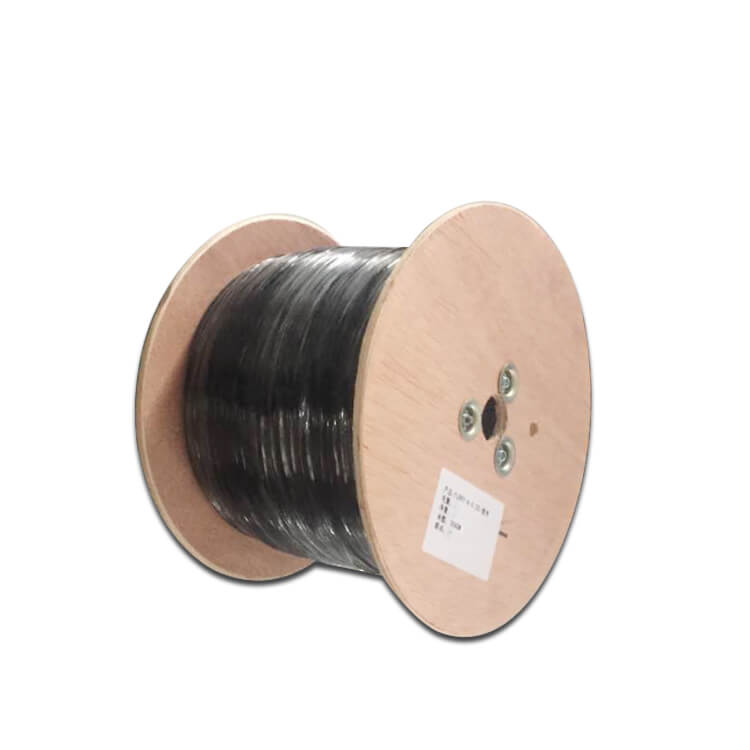
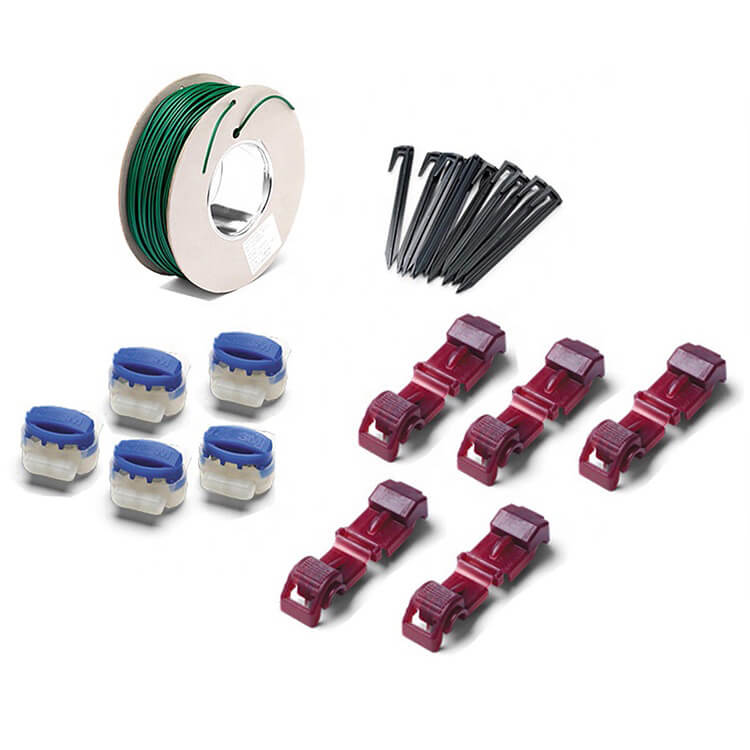
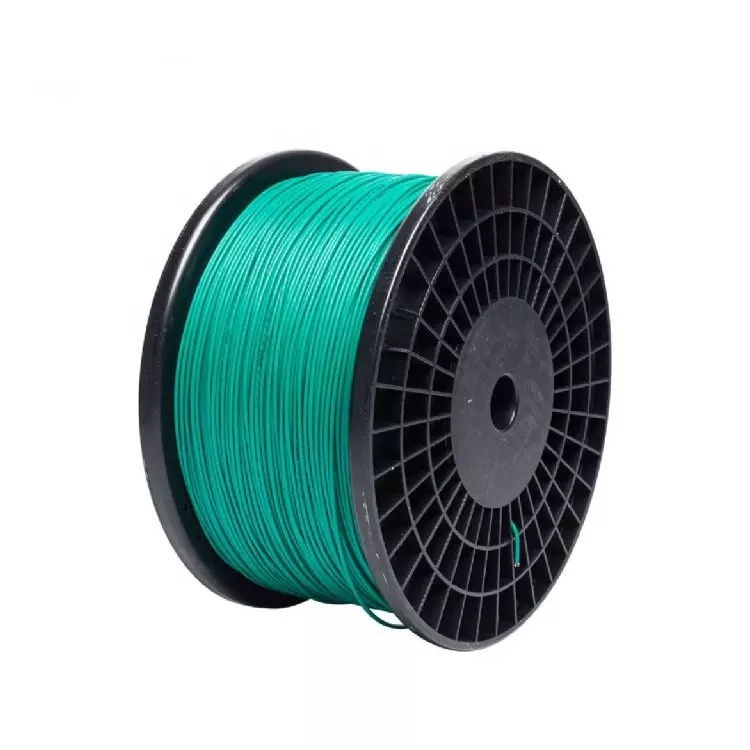
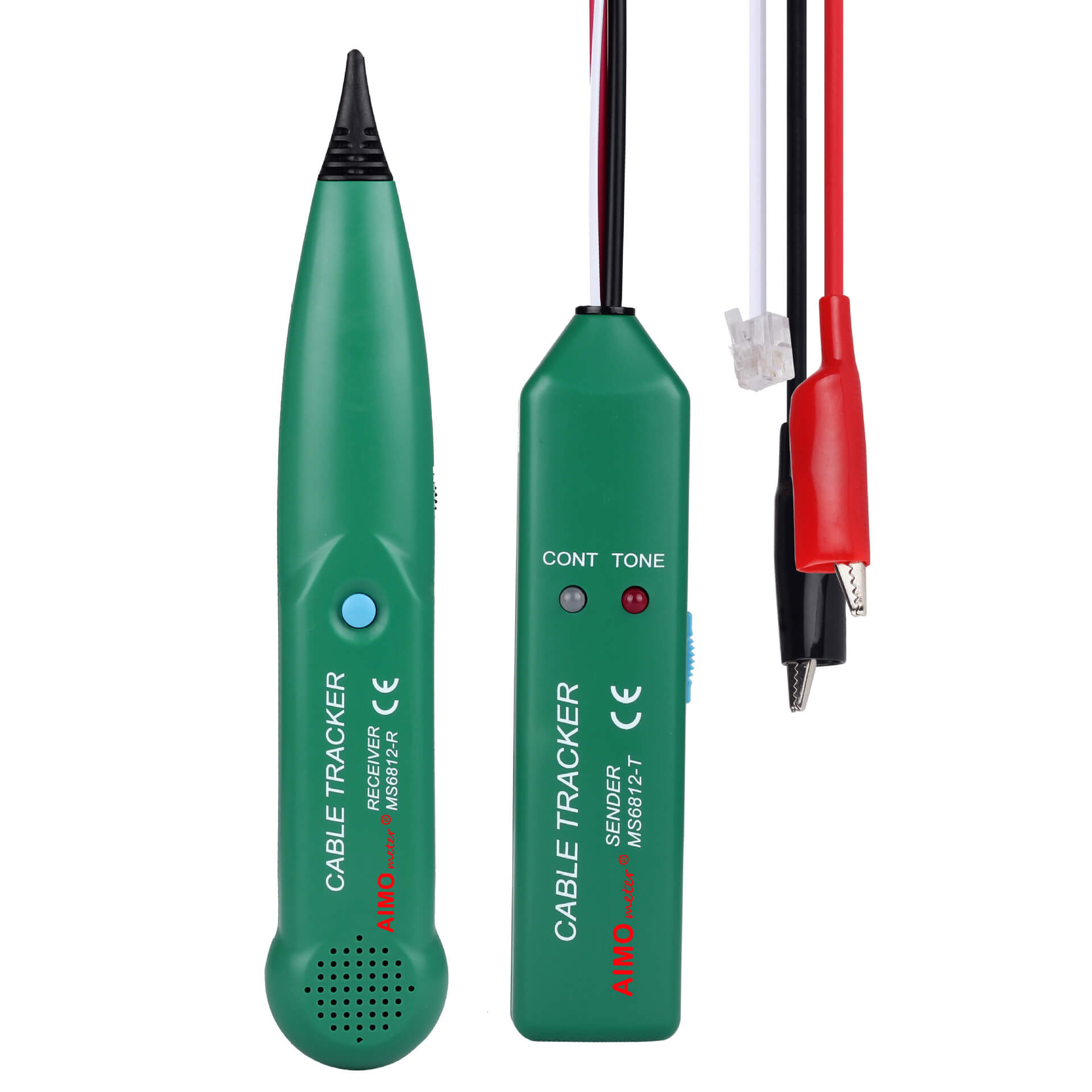


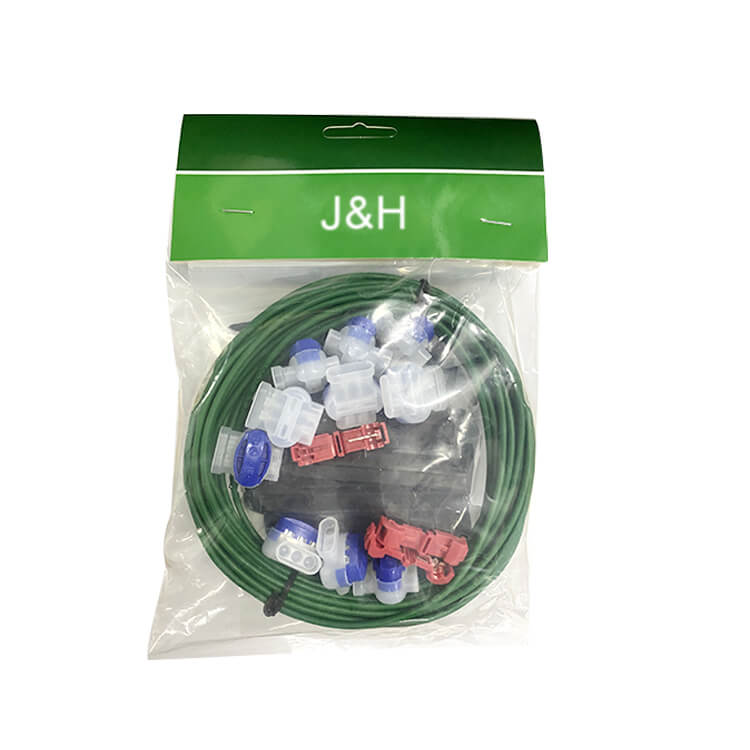

 Abroad:+86 181 5747 1135
Abroad:+86 181 5747 1135 FAX: +86 574 8900 7636
FAX: +86 574 8900 7636 E-mail:
E-mail: 

 read the map
read the map

